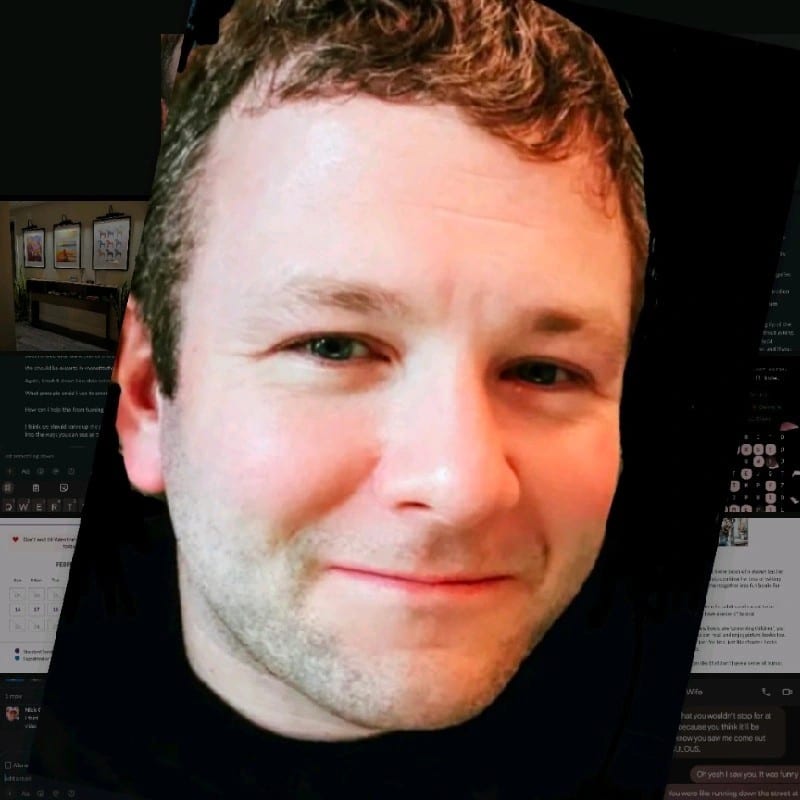According to the bigwigs over at Goldman Sachs, the creator economy — now a $250B beast — is on the precipice of its industrial revolution. And like all revolutions, there will be winners, losers, and probably a good deal of soot.
And chaos.
And confusion.
Over fifty million people worldwide now self-identify as “creators,” hawking their wares and pitching brands on platforms that barely existed a decade ago. TikTok, Patreon, and Substack are now entire economic universes unto themselves. Hell, younger Americans now prefer “influencer” over “astronaut” as their dream job. We’ve traded Tang and the miracle of spacewalk…for ring lights and sponsorships from companies selling vitamin gummies that turn your pee neon purple.
The barriers to entry have collapsed. You no longer need a Hollywood studio or a publishing house to reach millions — just a smartphone, some decent WiFi, and the audacity to believe someone wants to hear what you have to say.
Personally, as a relatively successful “marketing idea guy” for 12+ years, I won the Product Marketing Alliance’s Content Led Company of the Year award in 2023, and at least I am FOR IT. This democratization has driven explosive growth, and the creator “middle class” is expanding fast.
But here comes AI, throwing a silicon wrench into the works.
Content Creation Gets a Silicon Kick in the Pants
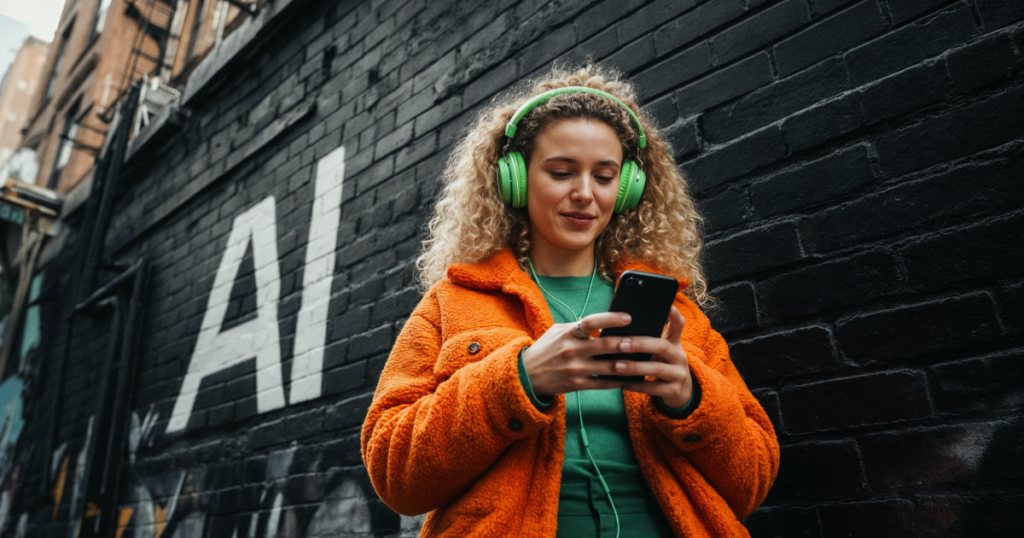
The tedious parts of creation are getting automated at what might be described as “hyper-drive warp speed.”
For creators, AI tools like GPT-4, DALL-E, or Synthesia have become the creative equivalent of performance-enhancing drugs.
A YouTuber who once spent 6 hours editing can now let AI handle captions, background music, and all sorts of repetitive editing tasks, reducing production time by around 40%, according to most case studies.
More output, less grunt work.
“Virtual influencers” like Lil Miquela (friend of the brand) are already scoring six-figure brand deals without feeling pain or needing actual food. No tantrums, no scandals, no bathroom breaks, no… soul? Perfect corporate worker bees who never age, never get canceled, and never negotiate for better pay.
On the slightly less dystopian side, editing tools like Descript and Canva’s AI features also democratize production quality. The gap between amateur and professional is narrowing — and that’s exciting or terrifying depending on which side of the paycheck you’re on.
Monetization Gets… Algorithmic
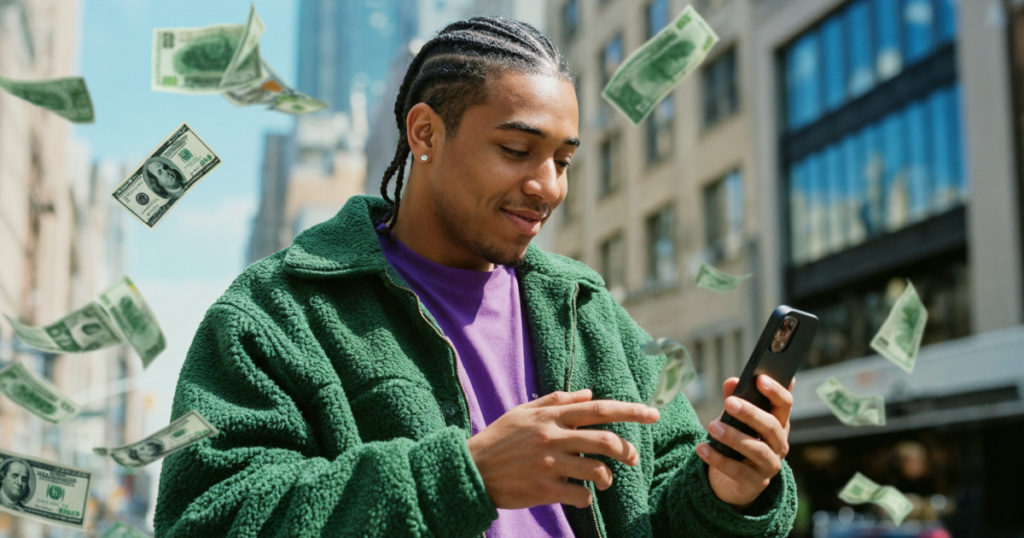
Follow the money, and you’ll find algorithms making all sorts of decisions humans used to make.
Ads, which most creators avoid for fear of their own limitations, are now dynamically placed by AI to insert the right advertisement at the optimal moment, boosting creator income, while further cementing platform control over who gets paid and how much.
Smart contracts and NFTs on platforms like Audius automatically split royalties between collaborators, eliminating the need for agents, lawyers, and other troublesome-suited go-betweens.
The contract becomes the relationship. The blockchain doesn’t care about your feelings or a talent agent’s 12.6%. Affiliate marketing gets supercharged when AI tools track performance and auto-generate links. The Amazon Influencer Program, for instance, has turned product recs into a legitimate science, optimizing conversion rates with the precision of a Wall Street trading algo.
The link between CONTENT and COMMERCE has never been shorter or more profitable. There’s GOLD in them hills, which is what I keep tellin’ yas!
From Passive to Paying
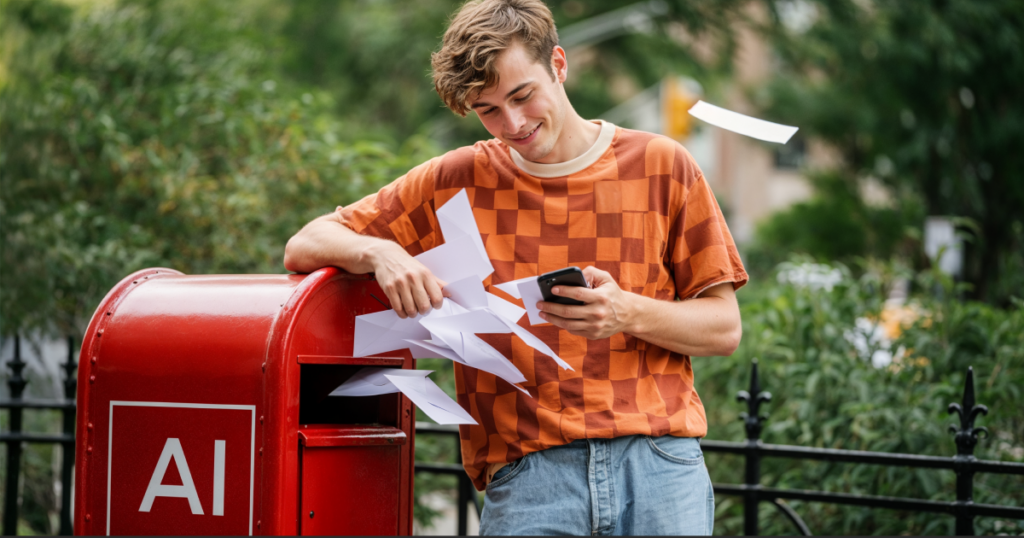
There’s a hair-fine line between an engaged audience and a profitable one. AI-driven tools help creators turn casual viewers into loyal customers, using automated engagement that feels personal, not robotic.
Let’s say a creator drops a new course, ebook, or merch. Instead of relying on a single IG post to make their sales, they can set up an automation (using Manychat, obviously). A well-placed “Comment ‘VIP’ for early access!” triggers a direct message sequence that warms up the audience, answers questions, and guides them straight to checkout.
AI-enhanced email and Messenger marketing do the same. Instead of blastin’ a generic newsletter, AI can segment audiences by behavior — sending a reminder only to those who opened the last email but didn’t buy. Personalization at scale, without the drudgery of manual labor.
Worth noting too: affiliate marketing also benefits from automation. Imagine a TikToker reviewing a beauty product. Instead of pasting a link in their bio and hoping for the best, an automated chatbot could instantly send a personalized Amazon link to any interested viewer who messages a keyword.
The result? Higher conversions, better tracking, and more revenue — and happier, more successful… everybody.
The old “post and pray” monetization model is long gone, folks. AI-driven automation turns engagement into a structured sales funnel, ensuring no potential customer slips through the cracks.
Audience Engagement on Autopilot

Machines increasingly mediate the once-holy relationship between creator and audience. AI chatbots (again, like Manychat) handle routine fan interactions while creators sleep — or, god forbid — have a restful evening of quiet contemplation. But this is more than just setting up auto-replies.
Imagine an influencer with thousands of messages flying by every second. An AI assistant can filter real questions from the garbage spam, highlight high-value audience members, and even respond with relevant clips, merch links, or subscription prompts in real-time.
In the Meta world, automated DMs are becoming a powerhouse tool for creators. Instead of losing potential customers in the deep mucky gloom of Internet comment sections, a chatbot can instantly reply with a discount code, link, or personalized recommendations.
Platform management tools like Hootsuite and Buffer analyze when your audience is ready to see you, optimizing engagement by predicting human behavior better than humans can themselves. Your 3 AM inspiration gets scheduled for peak engagement at 8:15 AM. And when someone replies? An AI-powered chatbot picks up the conversation and keeps them engaged.
Personalization engines recommend content based on viewing history, creating filter bubbles that keep audiences engaged but potentially less challenged. The comfort of curation comes at the cost of the luck of discovery. We’re all getting exactly what we want, even if it’s…not exactly what we need. But for creators, that means more time spent watching, engaging, and—most importantly — buying.
The Long Tail Gets Even Longer, Mon Cheri

As we know, niche is the new mass media. AI translation tools like DeepL are removing language barriers, allowing creators to reach global audiences without learning a word of French, Mandarin, or Hindi. Local content goes global without losing cultural specificity. A cooking channel in Bangkok can find devoted fans in Boston without changing its amazing pad ka prao recipe. (Yum!)
Data analytics platforms like Google Analytics and Social Blade help identify micro-audiences with surgical precision. The era of broadcasting is yielding to narrowcasting as creators find smaller but more devoted (and profitable) audiences. The riches are in the niches, and AI is the metal detector helping creators find that buried gold.
“Look at Me, I’m the Community Builder Now” — A.I.
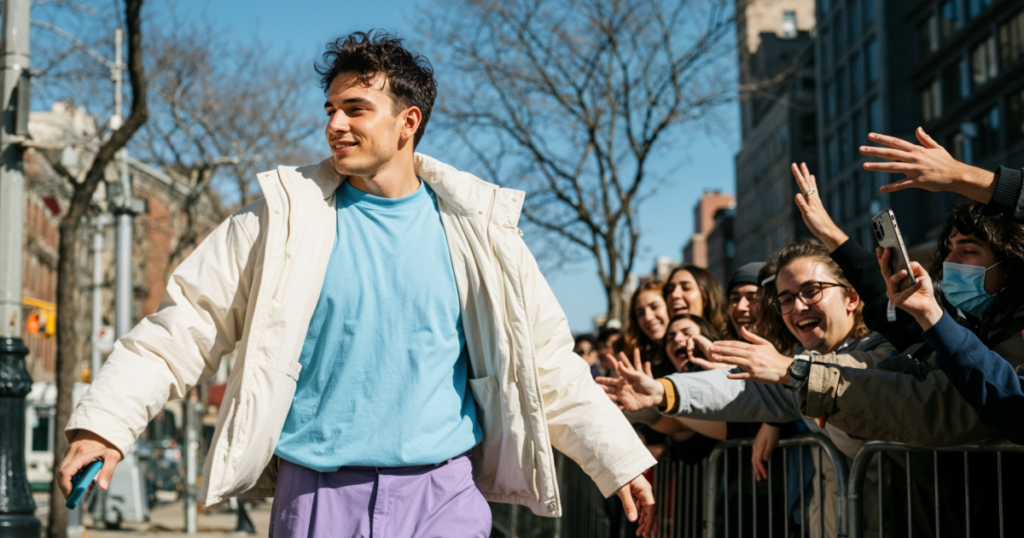
Nobody would argue that a dedicated community is a creator’s strongest asset, but nurturing that audience takes lot of frickin’ time, yo. AI-powered tools are making it easier to create intensely raving fan communities without the burnout.
Discord servers, Patreon memberships, and Facebook groups are where the superfans be these days. But how do you keep the convo flowing without being glued to your screen 365/24/7? AI assistants can welcome new members, answer FAQs, and even moderate discussions to keep the vibes…uh… not terrible.
Take automated Messenger sequences as an example. A musician launching a new album can create a chatbot that sends exclusive behind-the-scenes content to fans who opt in. They feel like VIPs, engagement skyrockets, and the artist builds a deeper connection without spending hours replying manually.
AI-powered translation also opens up global engagement. An English-speaking IGer who suddenly gets a wave of Spanish-speaking fans, and now instead of losing that audience — a dios mio! — A.I. can translate and respond immediately.
As my chatbot would say: Bueno. Muy, muy bueno.
The Dark Side of AI

Not all the gold in this new world glistens. Authenticity becomes currency in an AI-saturated landscape. And that…well… that can be misused.
When machines can generate content indistinguishable from human work (and they increasingly can), the perceived humanity of a creator becomes their most valuable differentiator. TikTok has already seen backlash against “AI-generated influencers” who lack the flaws and vulnerabilities that make human creators… well… relatable.
Perfection, it turns out, is horrifically, miserably boring.
Content oversaturation looms.
Automation lowers barriers to entry even further. When anyone can produce professional-quality content at scale, standing out becomes less about technical mastery and more about having a unique perspective.
The democratization of tools leads to a sort of aristocracy of originality
Ethical problems abound: deepfakes, misinformation, and AI art appropriating human artists’ styles without credit or compensation. The lawsuits around AI-generated art are just the beginning of a long conversation we need to have and agree to. Who owns a style? What does originality even mean when everything is remixed? (Will artists ever make money ever again?)
Job displacement threatens traditional creative roles like editors and copywriters, though new positions like AI trainers and prompt engineers offer alternative career paths. The creative economy isn’t shrinking — it’s redistributing value along new lines. The humans who taught the machines may find themselves replaced by their students.
Into The Future (well, 2030)

The crystal ball to round out this decade suggests several trends.
First, AI-human collaboration will become the default mode of creation. AI won’t replace the most successful human creators — they’ll be the ones who best leverage AI as a force multiplier for their unique human insights and charisma. It’s not man versus machine; it’s surely gonna be augmented human versus unaugmented human.
Virtual Reality created with AI assistance will soon open new paths to even more immersive storytelling. The creator who masters techy sophistication and emotional authenticity will define this new medium. The next Steven Spielberg in VR might be someone using AI to build worlds rather than with a camera crew.
Any decentralized platforms built on the blockchain (like Mirror.xyz) will try to automate not just royalties but governance, giving creators and their communities more control over their destiny. Here, the platform becomes a utility rather than an overlord.
Which is harder to imagine as I write that….
Anyway, I am optimistic that regulators will likely catch up to reality.
The EU’s AI Act, at least, represents just the beginning of a global conversation about transparency, accountability, and fairness in algorithms. The wild west days of AI are numbered, and sheriff regulation is riding into town. Yeehaw.
The global picture is…even more complex. Go figure. And it’s increasingly important to call out that AI tools could widen existing gaps between creators in different regions. Indeed, the tech Haves and Have-Nots may experience dramatically different versions of the creator economy.
Silicon Valley and Shanghai operate with advantages that Lagos and Lima cannot yet match.
Yet…chances for localization open up as AI translation enables cross-cultural storytelling. Creators from non-English markets can reach global audiences without sacrificing cultural authenticity or linguistic nuance. The next global sensation might come from anywhere, speaking any language, with AI as the translator.
Wouldn’t that be grand?
In the End

The question isn’t whether automation will transform how we create and consume content (it will — in fact — already has) but whether those changes will benefit the many or just the few. The platforms face little risk…whether content comes from humans, AI, or some weird toaster-human hybrid, they still get their percentage.
They’re not in the content business; they’re in the attention business.
Those who master these new tools will prosper like few have prospered before, and those who don’t will find themselves increasingly irrelevant in a marketplace that values novelty, scale, and efficiency over all else.
As with most revolutions, we overestimate the short-term impacts and underestimate the long-term transformations. But rest assured — the creator economy is growing up, industrializing, and getting pretty weird. The time’s now to adopt new tech for the tedious parts and doubling down on the quirky, unpredictable, and authentically human elements that no algorithm can replicate. Yet.
After all, it’s clear that the revolution will be automated.
Even if it’s not televised.












